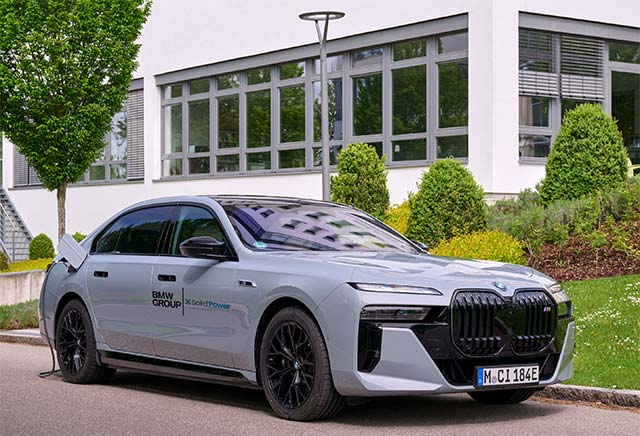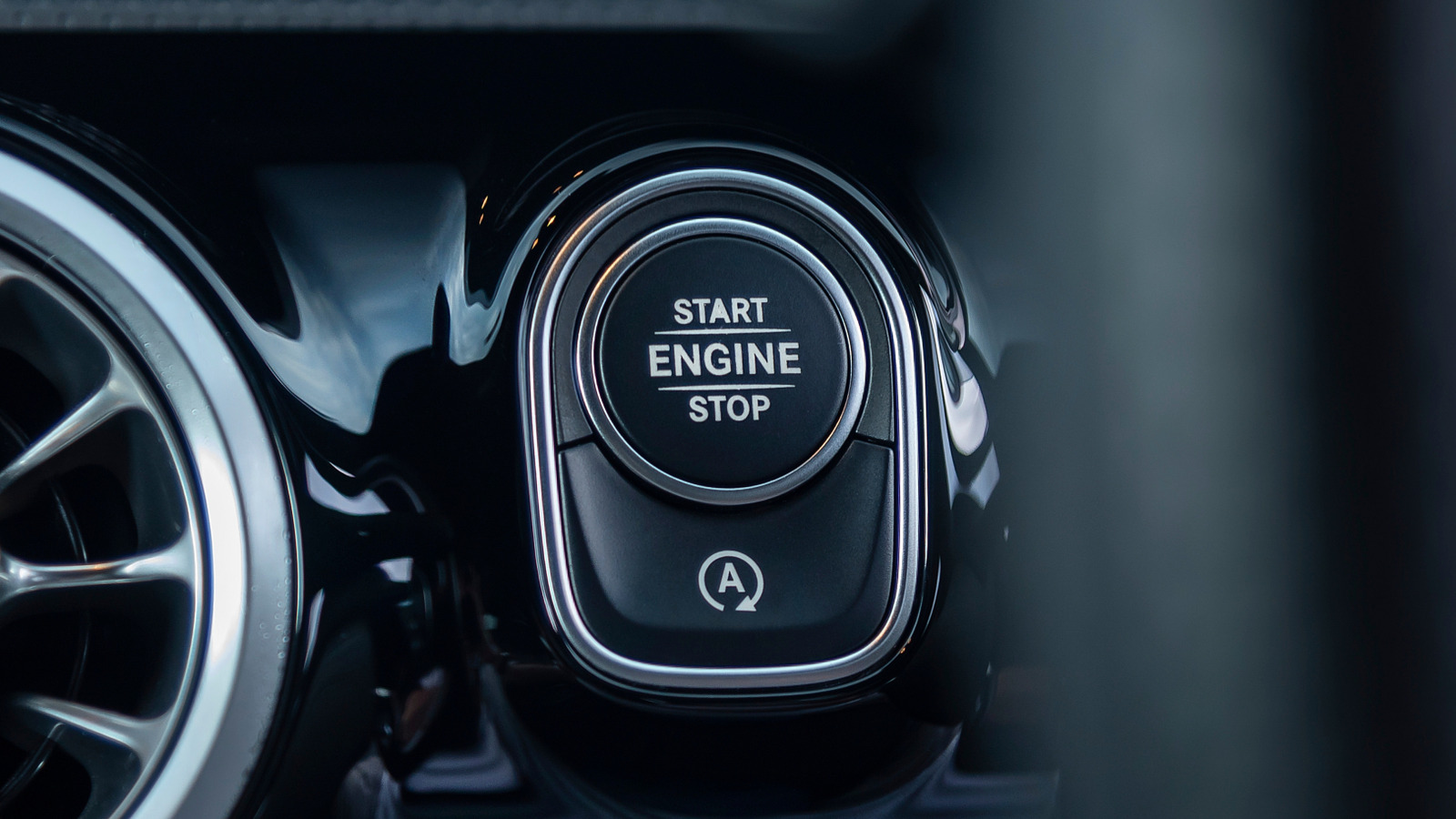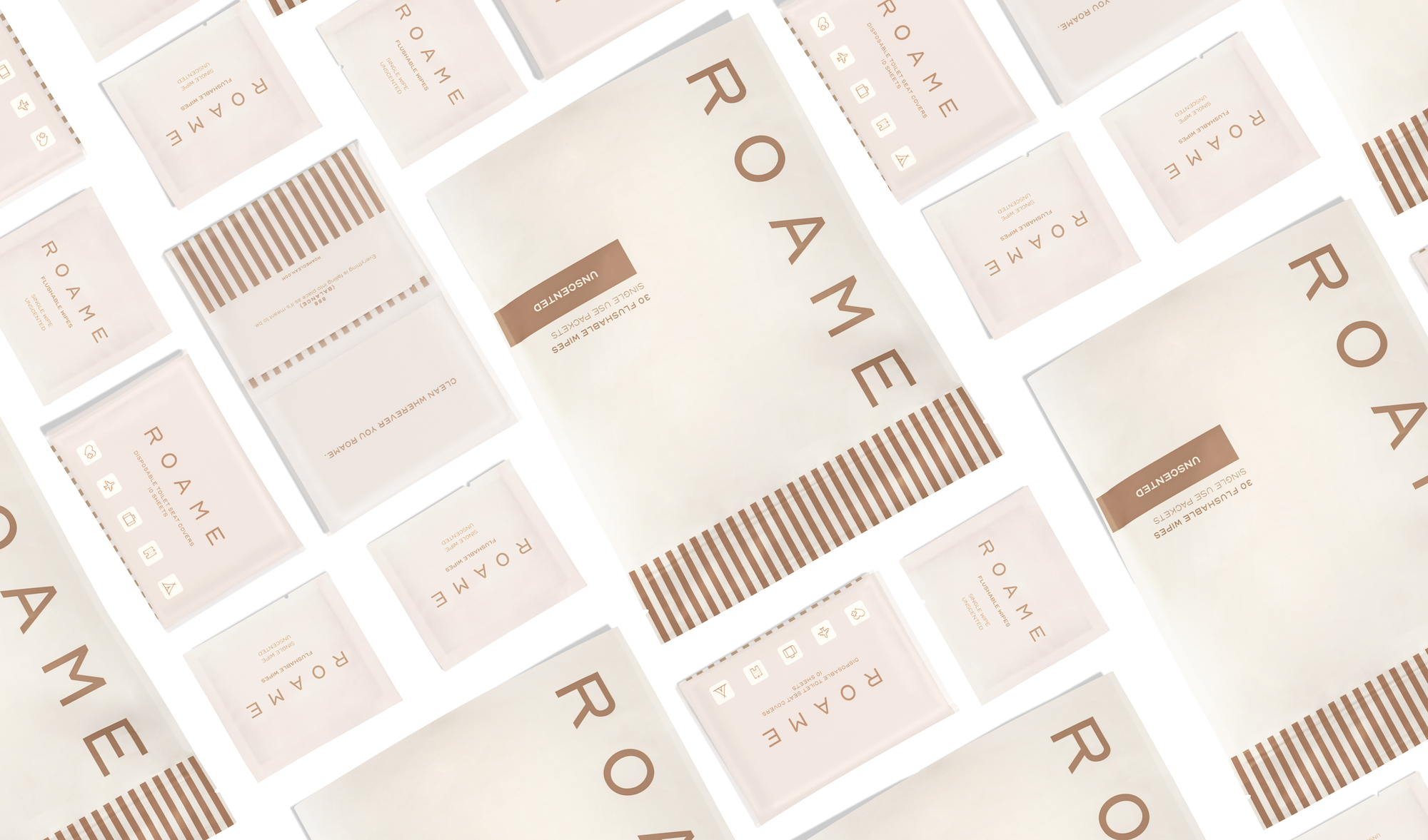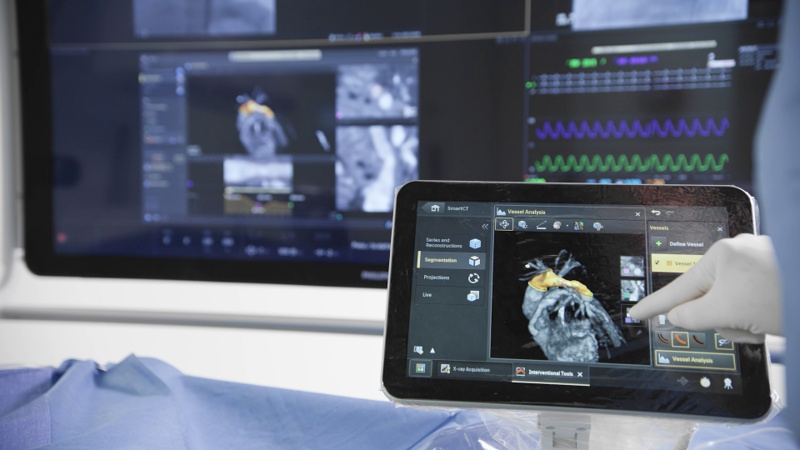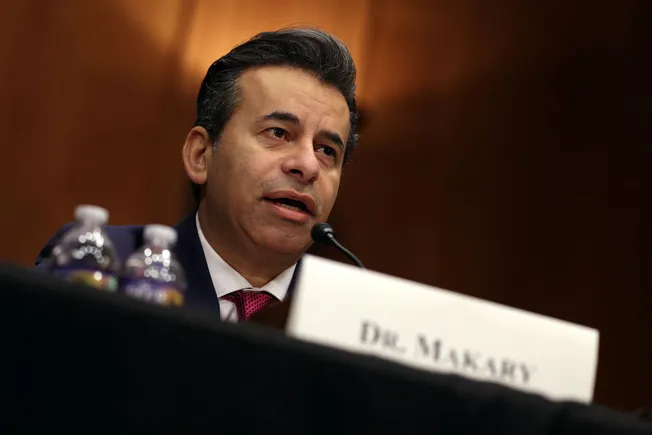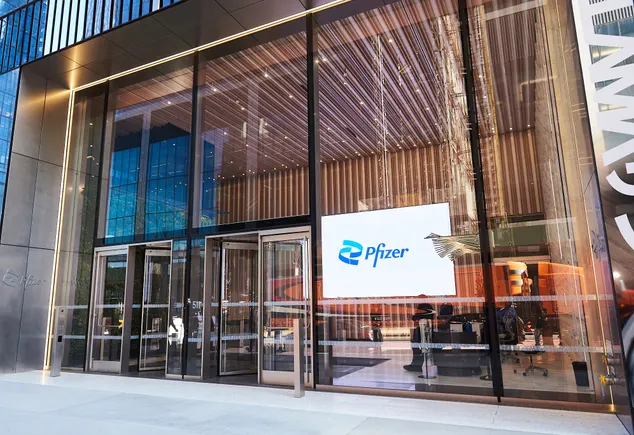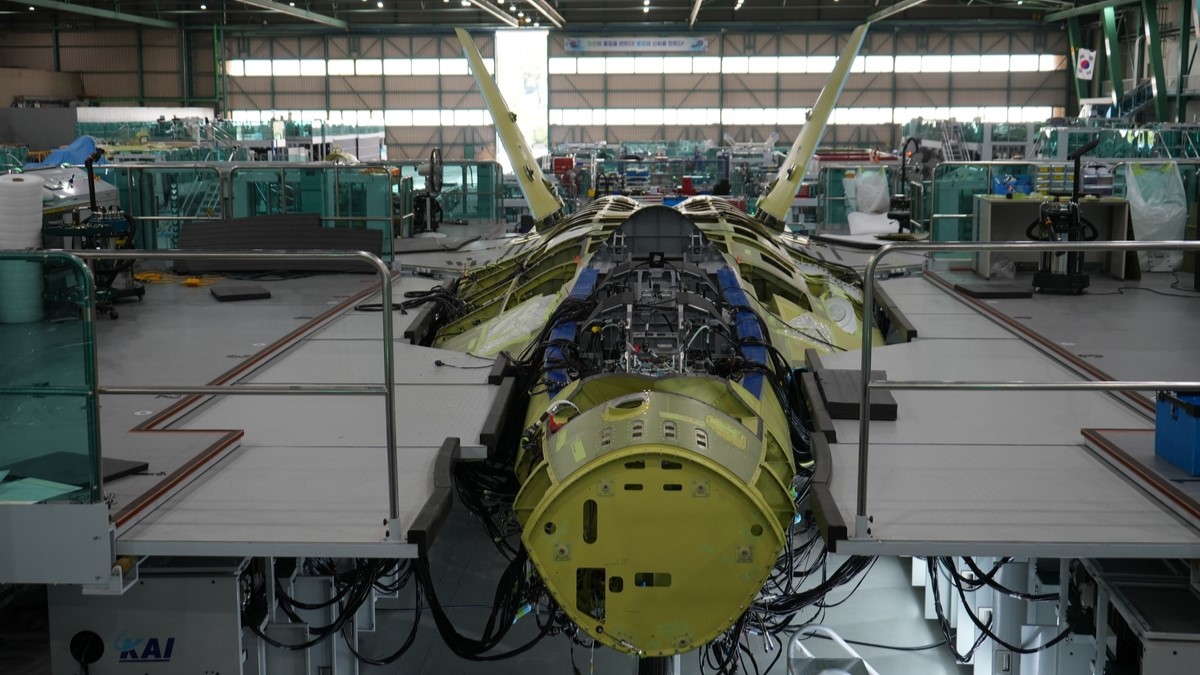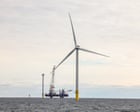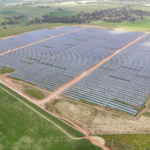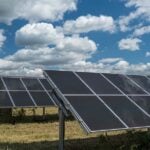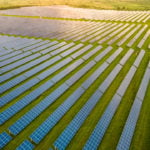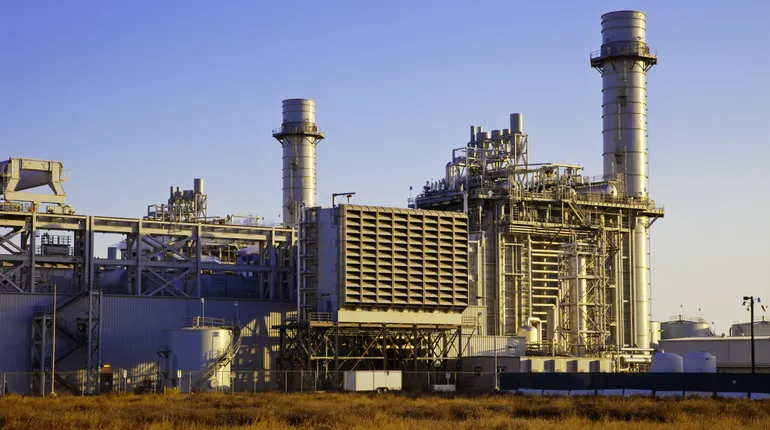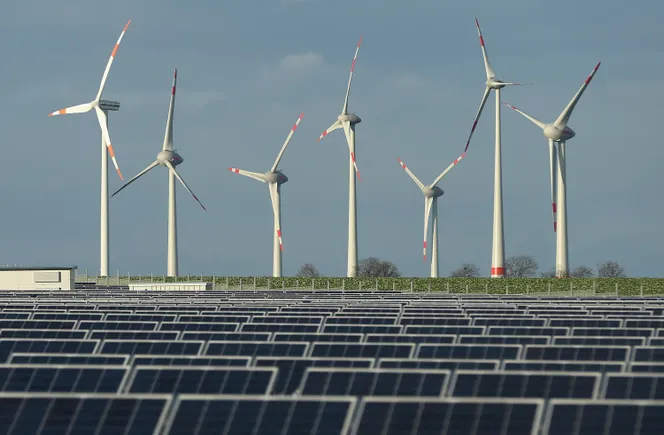Sub‐Nano Confinement Engineering Toward Anion‐Reinforced Solvation Structure to Achieve Highly Reversible Anode‐Free Lithium Metal Batteries
Advanced Energy Materials, Volume 15, Issue 19, May 20, 2025.

The ZIF-8 with sub-nano windows acts as an “ion sieve” to accelerate Li+ desolvation kinetics and suppress unfavorable side reactions. Further, the internal cavity of ZIF-8 serves as an anion reservoir to modulate the anion-reinforced solvation structure of Li+, forming LiF- and Li3N-riched SEI. Thus, the Cu@ZIF-8/LiFePO4 AFLMB delivers impressive capacity retention (57.8%) over 400 cycles, achieving highly reversible anode-free batteries.
Abstract
The practical application of anode-free lithium metal batteries (AFLMBs) is impeded by poor cycling performance due to sluggish Li+ transport kinetics, unfavorable side reactions, and dendrite Li growth. To address these issues, ≈200 nm zeolitic imidazolate framework-8 (ZIF-8) interphase layer is introduced to enable highly reversible Li plating/stripping by electrosynthesis method. ZIF-8 interphase layer with sub-nano windows accelerates Li+ desolvation kinetics and thus suppresses unfavorable side reactions. Further, the internal cavities of ZIF-8 serve as an anion reservoir to modulate anion-reinforced solvation structure of Li+, facilitating the formation of LiF- and Li3N-riched solid–electrolyte interphase. Thus, the Li/Cu@ZIF-8 asymmetric cell exhibits remarkable Aurbach coulombic efficiency of 99.84%, and Cu@ZIF-8/LiFePO4 AFLMB delivers impressive capacity retention (57.8%) over 400 cycles. This work highlights the effectiveness of ZIF-8 to enable highly reversible AFLMBs and inspires the potential application of porous materials with sub-nano windows and interval cavities in anode-free batteries.



























